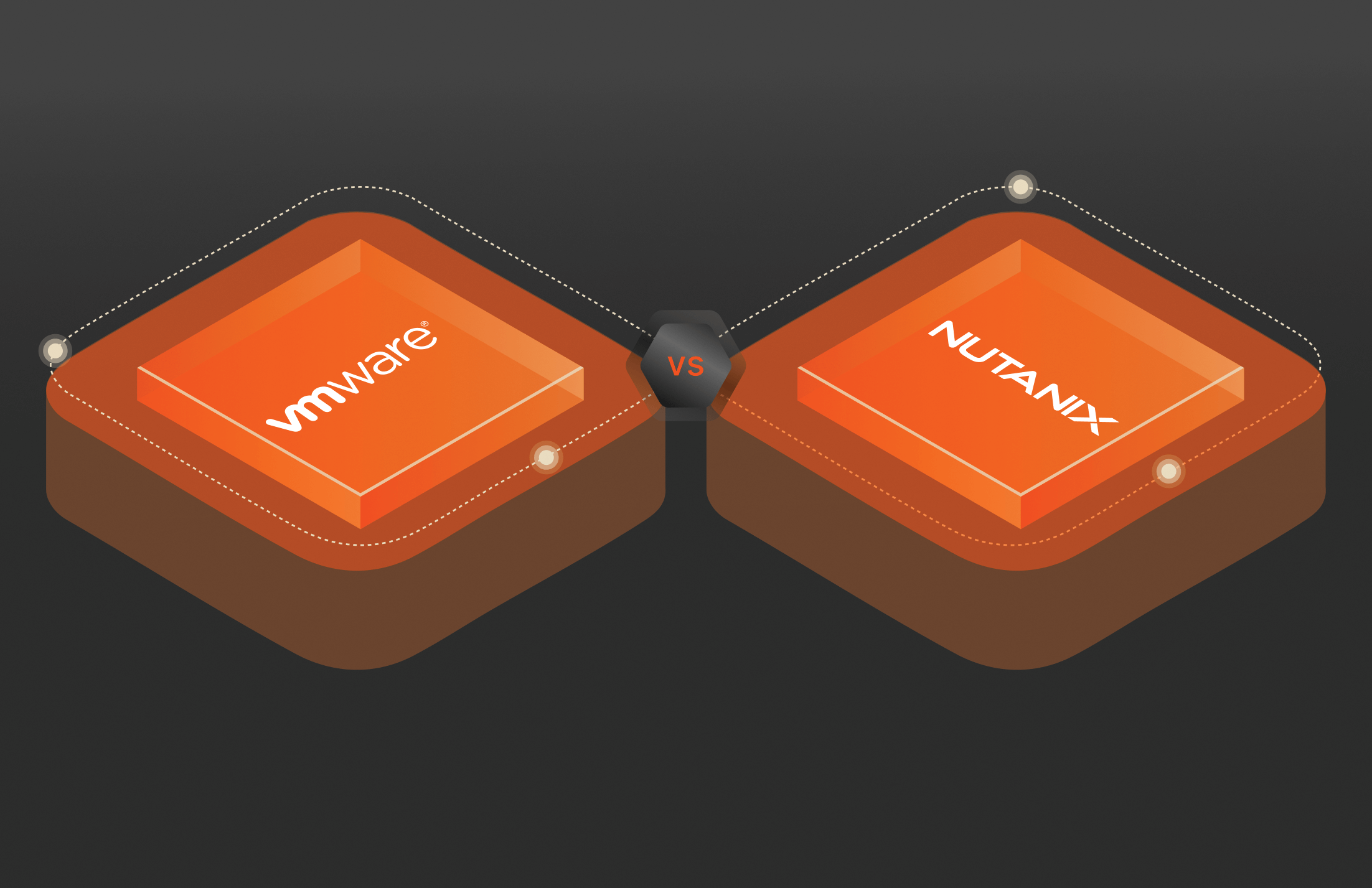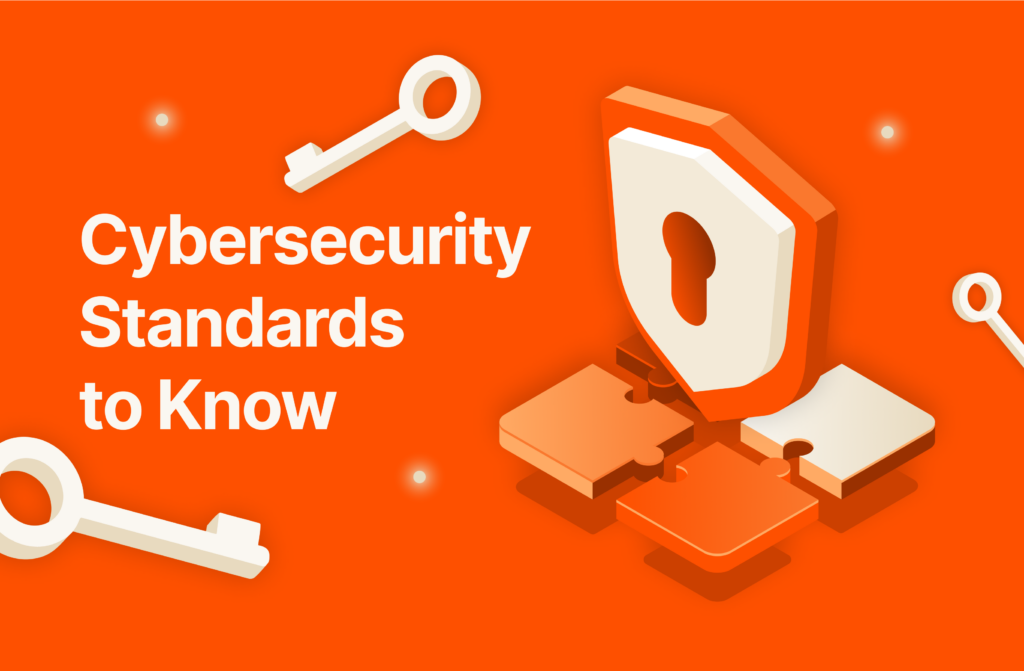Summary
vSAN and Nutanix AHV are hyperconverged infrastructure solutions. While both deliver robust performance capabilities, they differ significantly in architecture, features, and use cases.
The modern IT landscape demands infrastructure solutions that simplify management, reduce costs, and ensure scalability. This need has given rise to hyperconverged infrastructure (HCI)—an approach that combines compute, storage, and networking into a single, software-driven solution. By replacing traditional, siloed architectures, HCI enables organizations to manage resources more efficiently and deploy applications faster.
Two of the leading HCI solutions today are VMware vSAN and Nutanix Acropolis Hypervisor (AHV). Both promise robust performance and simplified operations, but they differ significantly in architecture, features, and use cases.
This article compares vSAN and Nutanix AHV across various key aspects to help you determine the best fit for your business needs.
What Is VMware vSAN?
VMware vSAN is a software-defined storage solution integrated with VMware vSphere. It pools the local storage of ESXi hosts in a cluster to create a distributed, shared datastore. vSAN is tightly woven into VMware’s ecosystem, which allows it to provide a seamless experience for existing VMware users.
vSAN provides multiple features that:
- Tightly integrate with vSphere and other VMware tools to simplify management for existing VMware users
- Allow administrators to set storage policies per workload, ensuring optimal resource allocation using policy-based management
- Support high-performance all-flash storage and cost-effective hybrid setups
- Can scale linearly by adding new hosts to the cluster, which is ideal for growing environments.
vSAN’s architecture is built on direct attached storage (DAS) within a VMware cluster, eliminating the need for traditional storage arrays. In recent updates, vSAN has introduced enhanced encryption, better compression, and tighter integration with VMware Cloud Foundation, strengthening its role in hybrid cloud environments.
What Is Nutanix AHV?
Nutanix Acropolis Hypervisor (AHV) is a proprietary solution built to simplify HCI deployment by combining compute, storage, and virtualization into one cohesive platform. AHV is designed to help businesses reduce the overhead and complexity associated with relying on multiple vendors by providing a unified feature-packed stack.
Nutanix emphasizes simplicity with features like:
- Hypervisor independence: Although AHV is Nutanix’s proprietary hypervisor, it supports third-party hypervisors like VMware vSphere and Microsoft Hyper-V.
- One-click operations: AHV simplifies deployment, scaling, and upgrades with intuitive management tools.
- Built-in resilience: AHV offers data replication, self-healing capabilities, and integrated disaster recovery.
- Centralized management: Nutanix Prism provides a unified console for monitoring and managing infrastructure.
Nutanix uses a distributed architecture that balances availability, performance, and scalability. Recent advancements in Nutanix AHV focus on supporting cloud-native workloads and integrating Kubernetes, making it a strong contender for organizations embracing containerized environments.
Performance Analysis
Both vSAN and Nutanix AHV deliver robust performance capabilities, but their strengths differ based on workload requirements and configurations.
vSAN performs exceptionally well in VMware-centric environments, especially when paired with all-flash configurations. Its deep integration with VMware vSphere optimizes performance for virtualized workloads by minimizing latency and maximizing throughput. Features like deduplication and compression further enhance efficiency for storage-heavy applications.
Nutanix AHV, while competitive, works best in environments with diverse hypervisor needs. Its distributed storage fabric ensures consistent performance, even during peak loads. AHV’s reliance on a single platform for compute and storage simplifies resource allocation but may introduce bottlenecks in highly specialized workloads.
In latency-sensitive scenarios, vSAN often holds a slight edge due to its deep integration with VMware tools, while Nutanix AHV shines in environments that need broader hypervisor support.
Scalability
Scalability is critical as businesses grow and demand more from their IT infrastructure.
vSAN scales predictably by adding new hosts to a cluster. Each additional host contributes compute and storage resources to ensure linear performance improvements. This makes vSAN ideal for organizations with steady, incremental growth. For businesses that would like to explore multi-cloud architecture and non-VMware environments, however, vSAN’s tight integration with VMware may limit the flexibility of utilizing such solutions.
Nutanix AHV offers both horizontal and vertical scalability. Horizontal scaling involves adding nodes to a cluster, while vertical scaling allows for upgrading individual node resources. This dual approach provides greater flexibility for organizations experiencing unpredictable or rapid growth.
For hybrid environments, Pure Storage complements both vSAN and Nutanix AHV by offering Pure Cloud Block Store™. The solution enables seamless scalability across on-premises and cloud platforms. This ensures that businesses can expand their storage without overhauling their infrastructure.
Data Protection and Security
Given its importance in modern IT systems, both vSAN and Nutanix AHV integrate some security features into their platforms.
vSAN provides built-in encryption, RAID (redundant array of independent disks) configurations for fault tolerance, and disaster recovery capabilities via the VMware Site Recovery Manager. Its policy-driven approach ensures that security settings align with workload requirements. This makes it a reliable option for regulated industries like healthcare and finance.
Similarly, Nutanix AHV delivers robust protection with data replication, self-healing mechanisms, and integrated backup tools. Its Prism dashboard allows users to easily manage these features, thereby enabling administrators to monitor security and recovery settings from a single console.
While both solutions are highly secure, vSAN’s integration with VMware’s broader ecosystem gives it a slight edge in hybrid environments that require advanced disaster recovery capabilities.
Cost Considerations
vSAN requires VMware licensing, which can increase costs for organizations starting fresh. However, for businesses that already use VMware, the additional expense may be minimal. vSAN is particularly cost-effective in all-flash configurations, where its deduplication and compression features reduce storage requirements.
Nutanix AHV offers a more straightforward pricing model, with predictable costs for hardware, software, and support. This simplicity appeals to organizations seeking transparency in their IT budgets.
On the other hand, Pure Storage provides a cost-effective alternative by integrating with both platforms. Solutions like FlashArray™ reduce storage costs by offering high-performance, scalable storage that works across diverse HCI environments, ensuring businesses can optimize costs without compromising performance.
Use Cases and Industry Adoption
Both vSAN and Nutanix AHV have found success across various industries, with their adoption patterns reflecting their unique strengths.
vSAN is widely used in finance, healthcare, and government sectors, where its integration with VMware tools supports compliance and hybrid cloud initiatives. Its high-performance capabilities make it a preferred choice for latency-sensitive workloads.
Nutanix AHV is popular in retail, education, and manufacturing, where its simplicity and Kubernetes integration enable organizations to modernize their operations with ease. AHV’s versatility appeals to businesses exploring containerized workloads or multi-cloud strategies.
Final Thoughts on vSan vs. Nutanix
The debate between VMware vSAN and Nutanix AHV reflects the different priorities and challenges organizations face in modernizing their IT infrastructure. While both solutions have their strengths, the choice often depends on factors such as existing ecosystems, growth plans, and operational flexibility.
However, recent changes, such as Broadcom’s acquisition of VMware, have prompted some businesses to reevaluate their strategies and consider alternatives like Nutanix AHV. While the platform is a noteworthy alternative, it has significant limitations.
For organizations seeking more adaptable and scalable solutions, Pure Storage offers a compelling alternative. Its tight integration with VMware vVols provides granular, policy-driven storage management, delivering superior performance and flexibility compared to both vSAN and Nutanix AHV.
As the IT landscape evolves, the ability to integrate, adapt, and scale becomes paramount. Whether you lean toward VMware, Nutanix, or alternatives, incorporating Pure Storage solutions like FlashArray, Pure Cloud Block Store, and FlashStack® ensures that your infrastructure remains future-ready. These tools not only complement HCI setups but also offer unmatched resilience, making them ideal for businesses navigating the complexities of modernization.
Try FlashArray
Take a free test drive in our virtual lab.

BUYER’S GUIDE, 14 PAGES
Reevaluating Your Virtualization Strategy?
Explore your options in our guide to modern virtualization.
![]()






